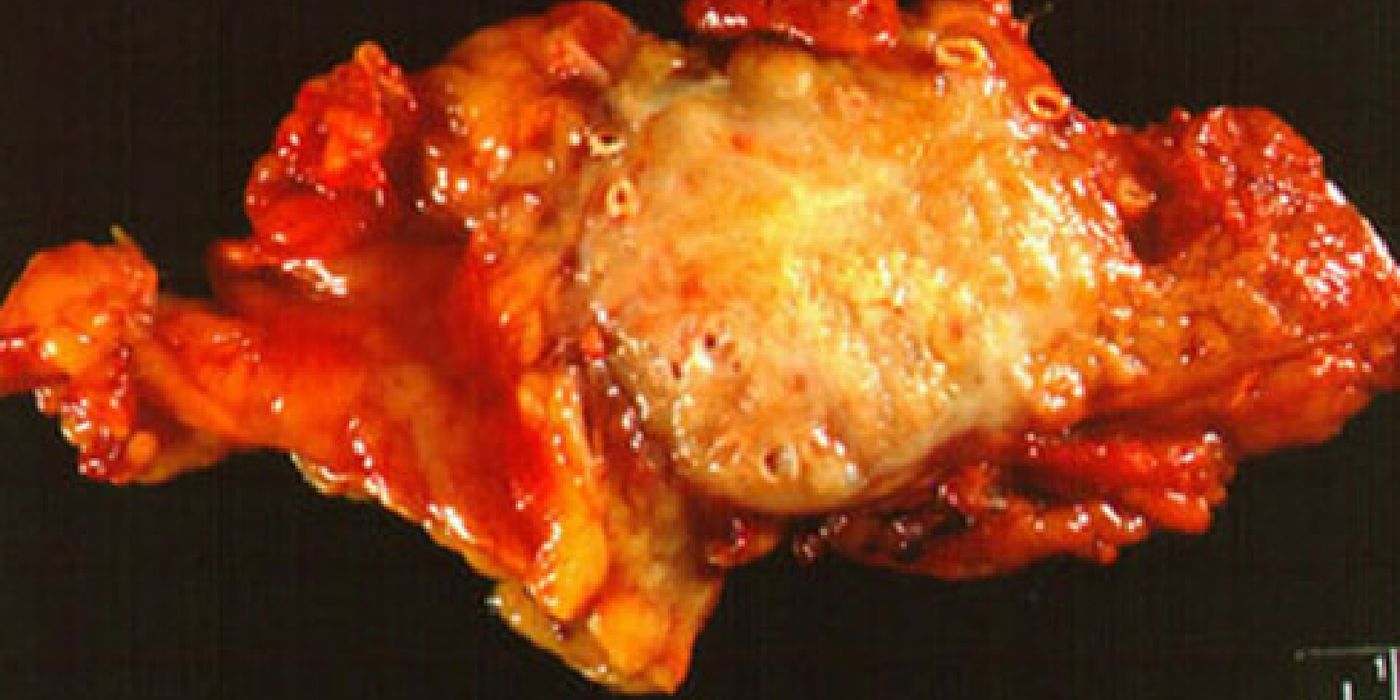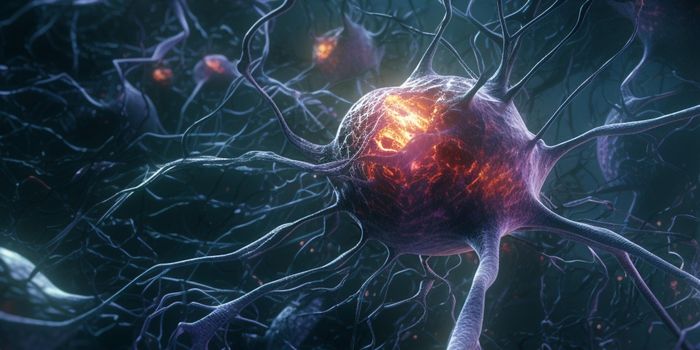Study IDs MicroRNA as a New Target for Pancreatic Cancer
Tiny non-coding RNA molecules may have a role in the progression of pancreatic cancer, one of the most aggressive diseases with high mortality rate. The molecule, known as MIR506, seems to increase the growth of pancreatic tumors through the deregulation of cell death.
MIR506 is a micro RNA. These are short nucleotide sequences, usually 21-23 bases long, and act to silence gene expression. In some human cancers, certain miRNAs are either too overactive or underactive, which can lead to the erroneous overexpression of some cancer pathways. In this case, MIR506 has been implicated to function in several tumors as a tumor suppressor gene or oncogene. Its role in pancreatic cancer is less clear.
Pancreatic cancer is notorious for its lethality. The most common type of pancreatic cancer is known as pancreatic ductal adenocarcinoma (PDAC). It accounts for a small percentage of all diagnosed cancer (around 3 percent), but claims an aggressive number of lives (around 7 percent of all cancer-related deaths in the US). It’s estimated that of the 53,000 Americans who will be diagnosed with pancreatic cancer this year, almost 79 percent will succumb from the disease.
Since MIR506 has been previously linked to tumor suppressor activity in ovarian cancer, scientists from the Wake Forest Baptist Medical Center decided to test whether this molecule acts in similar ways in PDAC.
The team analyzed MIR506 expression in mice with transplanted human pancreatic tumors. "By using an animal model to expand tumor cells recently removed from patients, we hoped to re-create more closely what actually happens in patients with pancreatic cancer rather than by using existing artificial cell lines," said Wei Zhang, the study’s senior investigator.
Compared to healthy cells, pancreatic tumor cells showed lower levels of MIR506. Furthermore, increasing the levels of MIR506 in pancreatic tumors seemed to stunt their ability to metastasize.
The team hypothesized that MIR506 “exerted a tumor suppression function in PDAC by inducing autophagy-related cell death." Autophagy, from the Greek “self-devouring,” is a natural degradation process that allows cells to recycle its components. In pancreatic cancer, low levels of MIR506 may have allowed the tumor cells to escape natural cell death. By contrast, increasing levels of MIR506 in these tumors stripped the cells of their protection and made them vulnerable to autophagy.
"The potential therapeutic value of this finding is important because we could deliver MIR506 directly to pancreatic cancer cells using technologies like nanoparticles and exosomes," Zhang said. "Hopefully, this will provide us with a new way to fight this deadly form of cancer."
Additional sources: Wake Forest Baptist Medical Center, MNT









